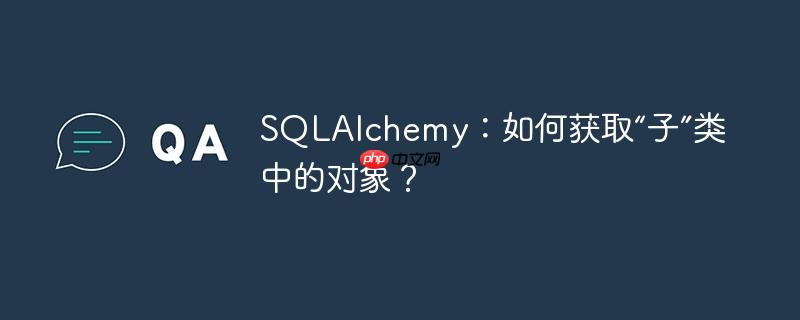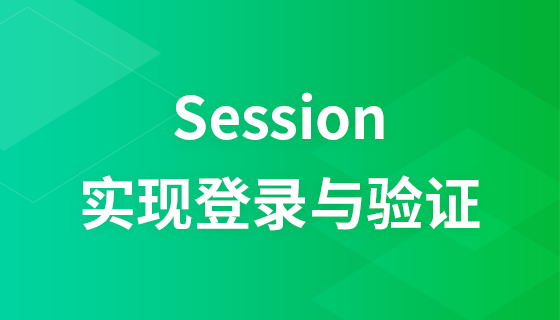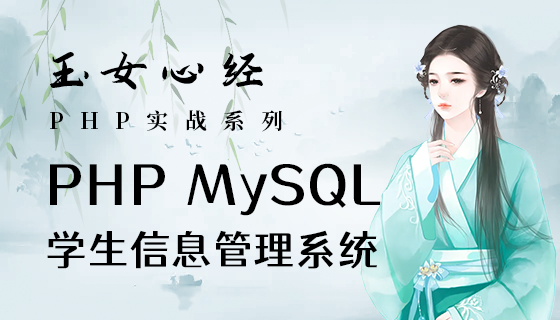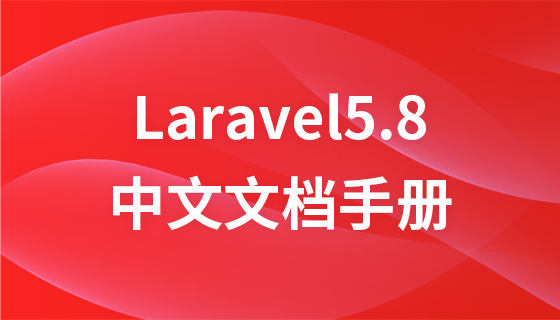
本文将深入探讨 SQLAlchemy 中如何正确建立和查询父子关系,解决在未提交或刷新会话之前,父对象无法自动获取子对象的问题,并提供两种有效的解决方案,确保关系数据的一致性和完整性。
在使用 SQLAlchemy ORM 构建数据库模型时,经常需要定义表之间的关系,例如父子关系。 然而,在某些情况下,即使定义了关系,也可能无法立即从父对象访问到子对象。这是因为 SQLAlchemy 默认情况下不会立即加载关系数据,而是在需要时才进行加载。
以下面的代码为例,展示了这个问题:
from sqlalchemy.orm import declarative_base, relationship
from sqlalchemy import Column, String, Integer, ForeignKey
Base = declarative_base()
class Parent(Base):
__tablename__ = 'parents'
id = Column(Integer, primary_key=True)
name = Column(String(20))
children = relationship('Child', back_populates='parent')
class Child(Base):
__tablename__ = 'children'
id = Column(Integer, primary_key=True)
parent_id = Column(Integer, ForeignKey('parents.id'))
name = Column(String(20))
parent = relationship('Parent', back_populates='children')在上述代码中,Parent 类和 Child 类之间建立了父子关系。Parent 类通过 children 属性关联到 Child 类,而 Child 类通过 parent 属性关联到 Parent 类。
然而,如果在将对象添加到会话之前尝试访问父对象的子对象,会发现子对象列表为空。
mother = Parent(id=1, name='Sarah') c1 = Child(id=22, parent_id=mother.id, name='Alice') c2 = Child(id=23, parent_id=mother.id, name='Bob') print(mother.children) # 输出: []
这是因为 SQLAlchemy 在将对象添加到会话并刷新或提交之前,不会自动加载关系数据。要解决这个问题,有两种主要方法:
刷新会话会将所有挂起的更改(包括添加、修改和删除对象)同步到数据库,但不会提交事务。 刷新后,关系数据将被加载,可以从父对象访问到子对象。
import sys
from sqlalchemy import (
create_engine,
Integer,
String,
)
from sqlalchemy.schema import (
Column,
ForeignKey,
)
from sqlalchemy.orm import declarative_base, Session, relationship
Base = declarative_base()
# 假设已配置好数据库连接
# username, password, db = sys.argv[1:4]
# engine = create_engine(f"postgresql+psycopg2://{username}:{password}@/{db}", echo=False)
engine = create_engine('sqlite:///:memory:', echo=True) # 使用内存数据库方便演示
class Parent(Base):
__tablename__ = "parents"
id = Column(Integer, primary_key=True)
name = Column(String)
children = relationship('Child', back_populates='parent')
class Child(Base):
__tablename__ = "childs"
id = Column(Integer, primary_key=True)
name = Column(String)
parent_id = Column(Integer, ForeignKey('parents.id'))
parent = relationship('Parent', back_populates='children')
Base.metadata.create_all(engine)
with Session(engine) as session:
mother = Parent(id=1, name='Sarah')
c1 = Child(id=22, parent_id=mother.id, name='Alice')
c2 = Child(id=23, parent_id=mother.id, name='Bob')
session.add(mother)
session.add(c1)
session.add(c2)
# 在刷新之前,mother.children 为空
print(f"Before flush: {mother.children}") # 输出: Before flush: []
session.flush()
# 刷新后,mother.children 将包含 c1 和 c2
print(f"After flush: {mother.children}") # 输出: After flush: [<__main__.Child object at 0x...>, <__main__.Child object at 0x...>]
session.commit() # 提交事务,将更改保存到数据库可以在创建对象时手动建立父子关系,将子对象添加到父对象的 children 列表中。 这样,即使在刷新会话之前,也可以从父对象访问到子对象。
import sys
from sqlalchemy import (
create_engine,
Integer,
String,
)
from sqlalchemy.schema import (
Column,
ForeignKey,
)
from sqlalchemy.orm import declarative_base, Session, relationship
Base = declarative_base()
# 假设已配置好数据库连接
# username, password, db = sys.argv[1:4]
# engine = create_engine(f"postgresql+psycopg2://{username}:{password}@/{db}", echo=False)
engine = create_engine('sqlite:///:memory:', echo=True) # 使用内存数据库方便演示
class Parent(Base):
__tablename__ = "parents"
id = Column(Integer, primary_key=True)
name = Column(String)
children = relationship('Child', back_populates='parent')
class Child(Base):
__tablename__ = "childs"
id = Column(Integer, primary_key=True)
name = Column(String)
parent_id = Column(Integer, ForeignKey('parents.id'))
parent = relationship('Parent', back_populates='children')
Base.metadata.create_all(engine)
with Session(engine) as session:
c1 = Child(id=22, name='Alice')
c2 = Child(id=23, name='Bob')
mother = Parent(id=1, name='Sarah', children=[c1, c2]) # 手动建立关系
session.add(mother)
session.add(c1)
session.add(c2)
# 在刷新之前,mother.children 已经包含 c1 和 c2
print(f"Before flush: {mother.children}") # 输出: Before flush: [<__main__.Child object at 0x...>, <__main__.Child object at 0x...>]
session.flush()
# 刷新后,关系数据仍然有效
print(f"After flush: {mother.children}") # 输出: After flush: [<__main__.Child object at 0x...>, <__main__.Child object at 0x...>]
session.commit() # 提交事务,将更改保存到数据库注意事项:
总结:
在 SQLAlchemy 中,要正确获取父子关系中的对象,需要在将对象添加到会话后,刷新会话或手动建立关系。 选择哪种方法取决于具体的需求和场景。 如果需要在刷新会话之前访问关系数据,则应手动建立关系。 否则,刷新会话是更简单和更常用的方法。 务必理解 SQLAlchemy 的会话管理和关系加载机制,以便编写更高效和更可靠的代码。
以上就是SQLAlchemy:如何获取“子”类中的对象?的详细内容,更多请关注php中文网其它相关文章!

每个人都需要一台速度更快、更稳定的 PC。随着时间的推移,垃圾文件、旧注册表数据和不必要的后台进程会占用资源并降低性能。幸运的是,许多工具可以让 Windows 保持平稳运行。




Copyright 2014-2025 https://www.php.cn/ All Rights Reserved | php.cn | 湘ICP备2023035733号